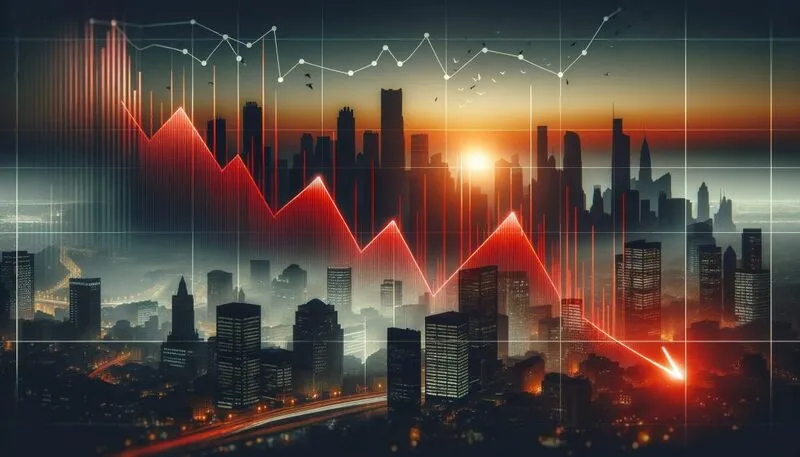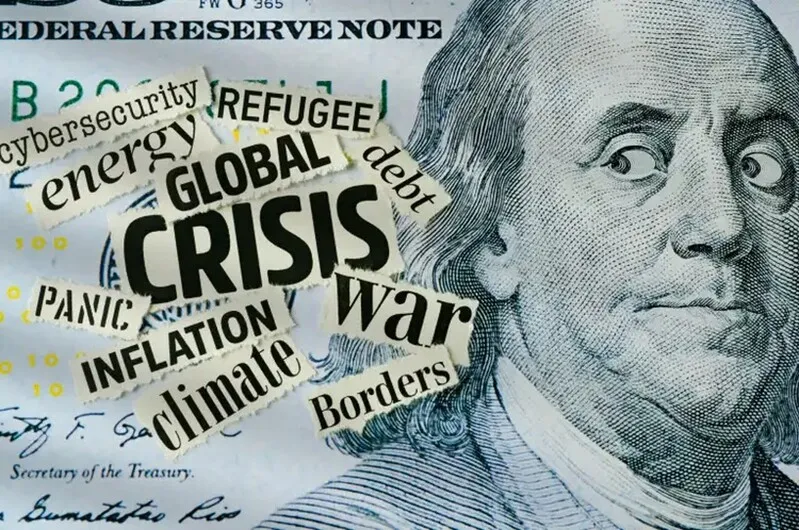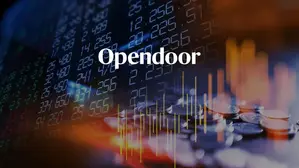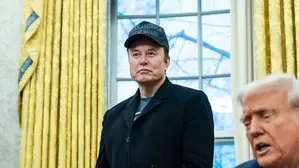The US economy is currently stuck in a vicious spiral of infrastructural hurdles. While the ballooning US debt is sending alarming signs towards the US economy, the escalating geopolitical tensions coupled with Trump’s fierce tariff regime have doubled down on the US, weakening its financial structure to its core. With the prediction of the US dollar plunging to all-time lows in the next ten months, the economy is now battling another issue, which is the rising graduate job crisis and unemployment wreaking havoc in the space.
Also Read: US Economy Power Plays: Survey Reveals Top 3 Assets To Build Lasting Wealth
Graduate Job Crisis: What’s Happening?

The US graduate job crisis is now worsening, adding more pressure on the US economic strata. Per the latest post by the Kobeissi Letter, US graduates are struggling to find a job in 2025. The platform shared the latest stats related to the domain, adding how the unemployment rate among fresh US graduates has spiked significantly this year.
“US graduates are struggling to find a job: The unemployment rate among new college graduates has averaged 6.6% over the last 12 months, the highest in a decade, outside of 2020.”
Sharing in depth, the platform noted how the jobless rate for people aged 20 to 24 with a bachelor’s degree has now spiked 1.3 percentage points in three years.
“The jobless rate for people aged 20 to 24 who are looking for work and have at least a bachelor’s degree has risen by ~1.3 percentage points in 3 years.”
In addition to this, jobless rates among fresh graduates aged 22 to 27 have averaged 5.8% in Q1, 2025.
“Furthermore, the unemployment among college grads aged 22 to 27 averaged 5.8% in Q1 2025, according to the NY Fed.”
In conclusion, the portal derived a consensus on how the unemployment gap between the young and the general population has widened significantly in the last 35 years.
“As a result, the unemployment gap between young graduates and the general population is now the largest in ~35 years. Graduates are facing an unemployment crisis.”
However, the aforementioned metrics are still lower than the nationwide unemployment rate which stands at 4.2% at present.
US graduates are struggling to find a job:
— The Kobeissi Letter (@KobeissiLetter) June 18, 2025
The unemployment rate among new college graduates has averaged 6.6% over the last 12 months, the highest in a decade, outside of 2020.
The jobless rate for people aged 20 to 24 who are looking for work and have at least a bachelor’s… pic.twitter.com/6DLJzZA8EJ
What’s Next: Possible Inflation?
Another unique insight by the Kobeissi Letter points out how US citizens are battling rising inflation. In a recent post on X, the platform outlined how the US economy’s consumer spending index has declined, with retail falling by 0.9% in May 2025.
“US consumer spending is falling: Retail sales fell -0.9% in May, the second-largest drop since March 2023. This also marks the second consecutive monthly decline. 7 of the 13 categories saw a decrease, with the decline being driven by building materials, gasoline, and motor vehicles. Restaurant and bar spending, the only service-sector category in the report, posted its biggest drop since February 2023. Furthermore, retail sales, adjusted for inflation, saw their second straight monthly decline and are now -2.5% below their April 2022 peak. Americans cannot keep up with inflation.”
US consumer spending is falling:
— The Kobeissi Letter (@KobeissiLetter) June 18, 2025
Retail sales fell -0.9% in May, the second-largest drop since March 2023.
This also marks the second consecutive monthly decline.
7 of the 13 categories saw a decrease, with the decline being driven by building materials, gasoline, and motor… pic.twitter.com/BgTmcz9P6h
A declining consumer spending index simply refers to a habitual pattern where people are spending less, primarily due to high pricing mechanisms. This pattern takes shape at times of economic uncertainty when people would spend less due to high-priced goods and services, indicating less affordability of items. The pattern in general is hazardous to the economy in general, indicative of a slowing economic growth pattern.
The US economic trajectory now largely depends on the Federal Reserve and its rate-cut stance when it comes to controlling inflation.
“We’ll make smarter and better decisions if we just wait a couple of months or however long it takes to get a sense of really what is going to be the pass-through of inflation” from the higher import taxes,” Powell said in the latest meeting.






